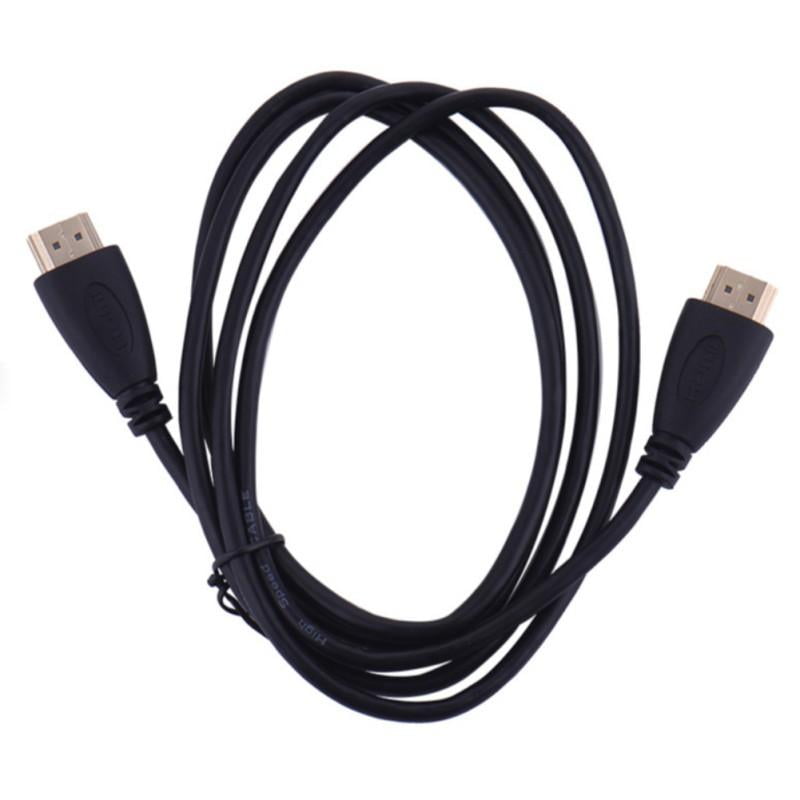
Solid – A solid wire has a single conductor and is either insulated or bare and it is usually protected by a coloured sheath. A cable is classified by the total number of wires it is made up of and their gauge.Ī wire is used to carry electricity, to bear the mechanical loads, to transmit telecommunication signals, for heating jewellery, clothing, automotive or any industrial manufactured parts like pins, bulbs and needles.Ī cable is used for power transmission, for telecommunication signals or to carry electricity.ġ. But, do keep in mind that big wires carry more current and can damage household appliances by burning the fuse.Ī cable contains a hot wire carrying the current, a neutral wire to complete the loop and a grounding wire as well. The perfect gauge that is used in residential applications is 10 & 20. The smaller the gauge number, the thicker the wire. According to the diameter of the wire, it will be measured by a gauge number. For the safety purpose, an inner and outer sheath is made.Ī wire is measured by diameter.

And in case of cables, they run parallelly and are twisted or bonded together to form a single case. But, some of the wires are coated with thin PVC layer. Usually, the wires are bare and are twisted. Although, these conductors are made of a common material- copper or aluminium. The basic key difference between wires and cables is that a wire is a single conductor whereas a cable is a group of conductors. List some of the basic differences between Wires and Cables And in this article, we will be giving you a brief description of the difference between wires and cables. But, people tend to get confused about both the terms as they look similar, but actually are quite different. Wires and cables are the terms that are frequently used in the electrical and communication field. What’s the basic difference between Wires and Cables?


 0 kommentar(er)
0 kommentar(er)
